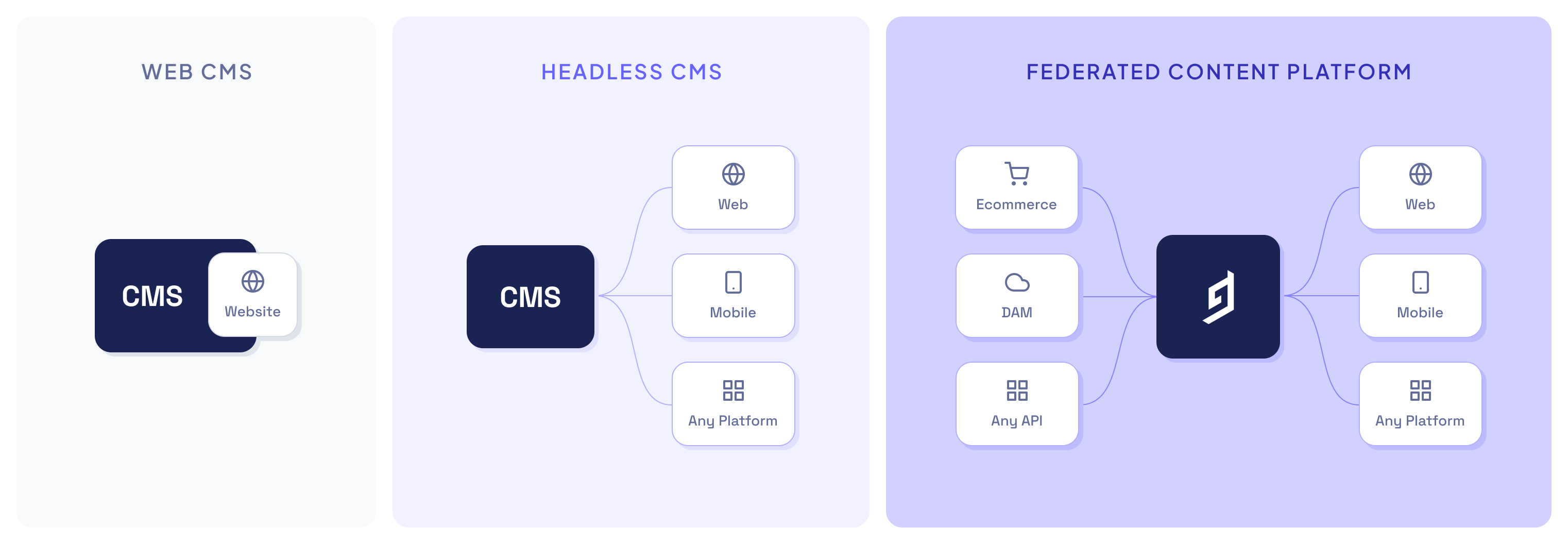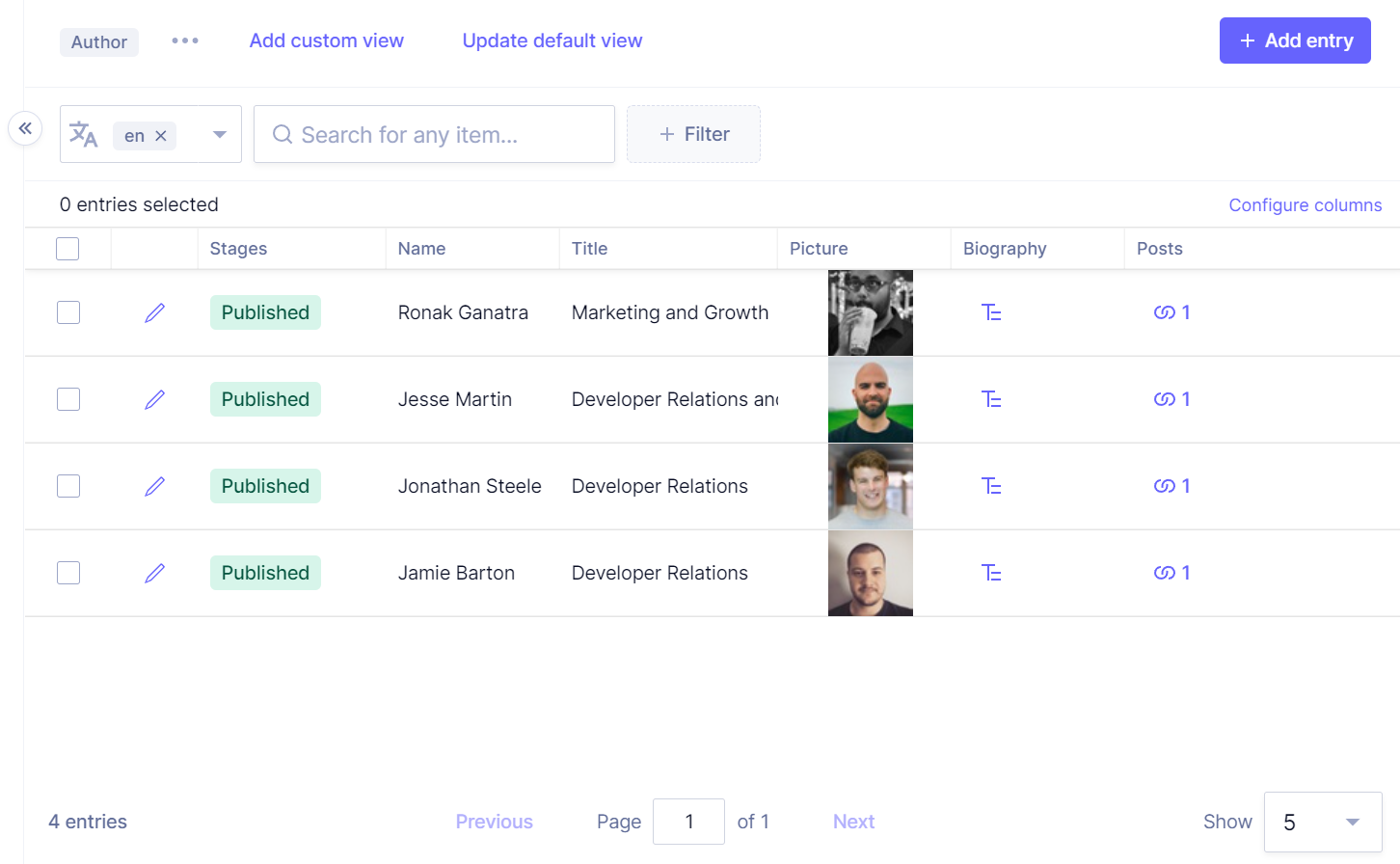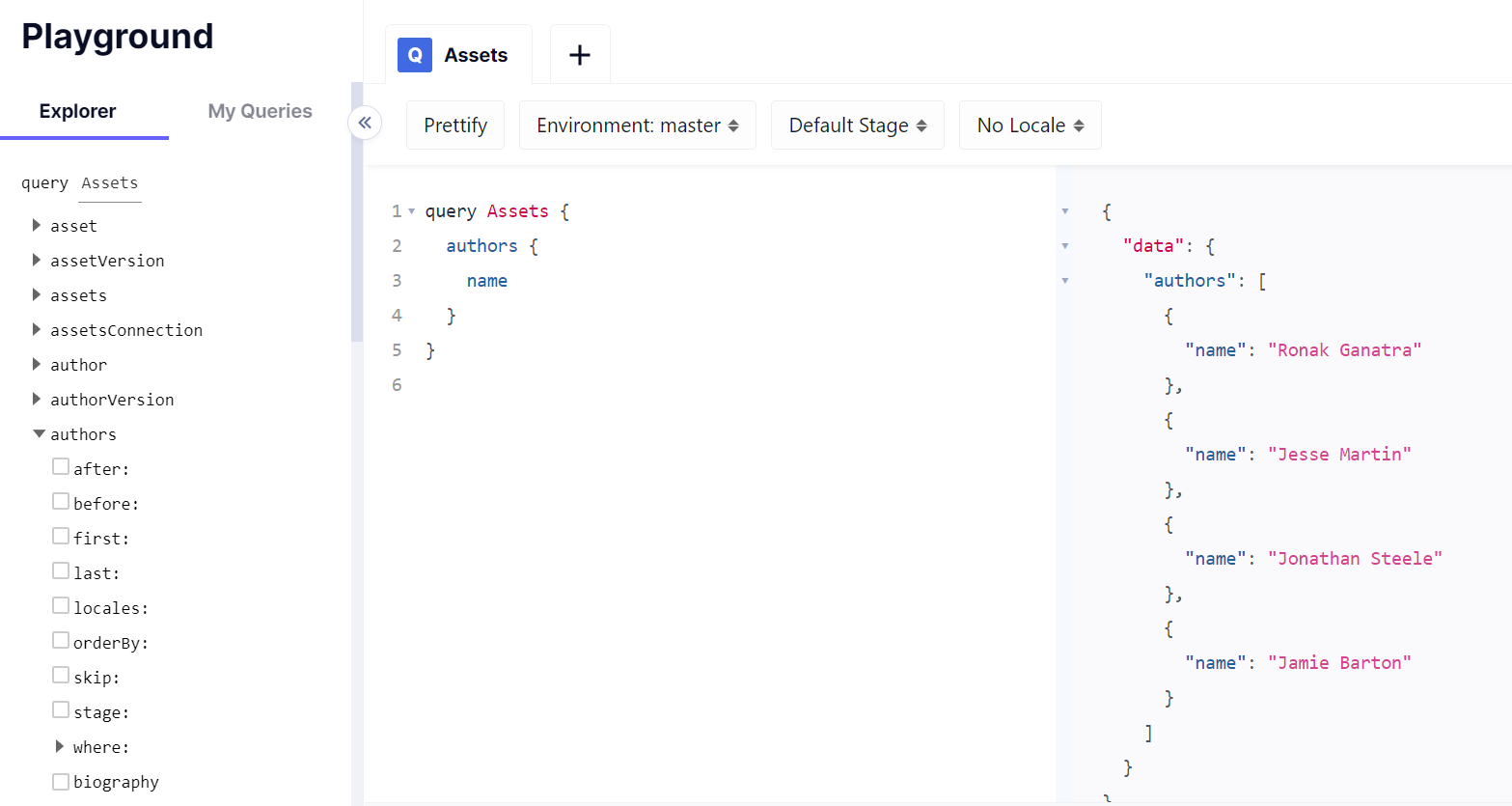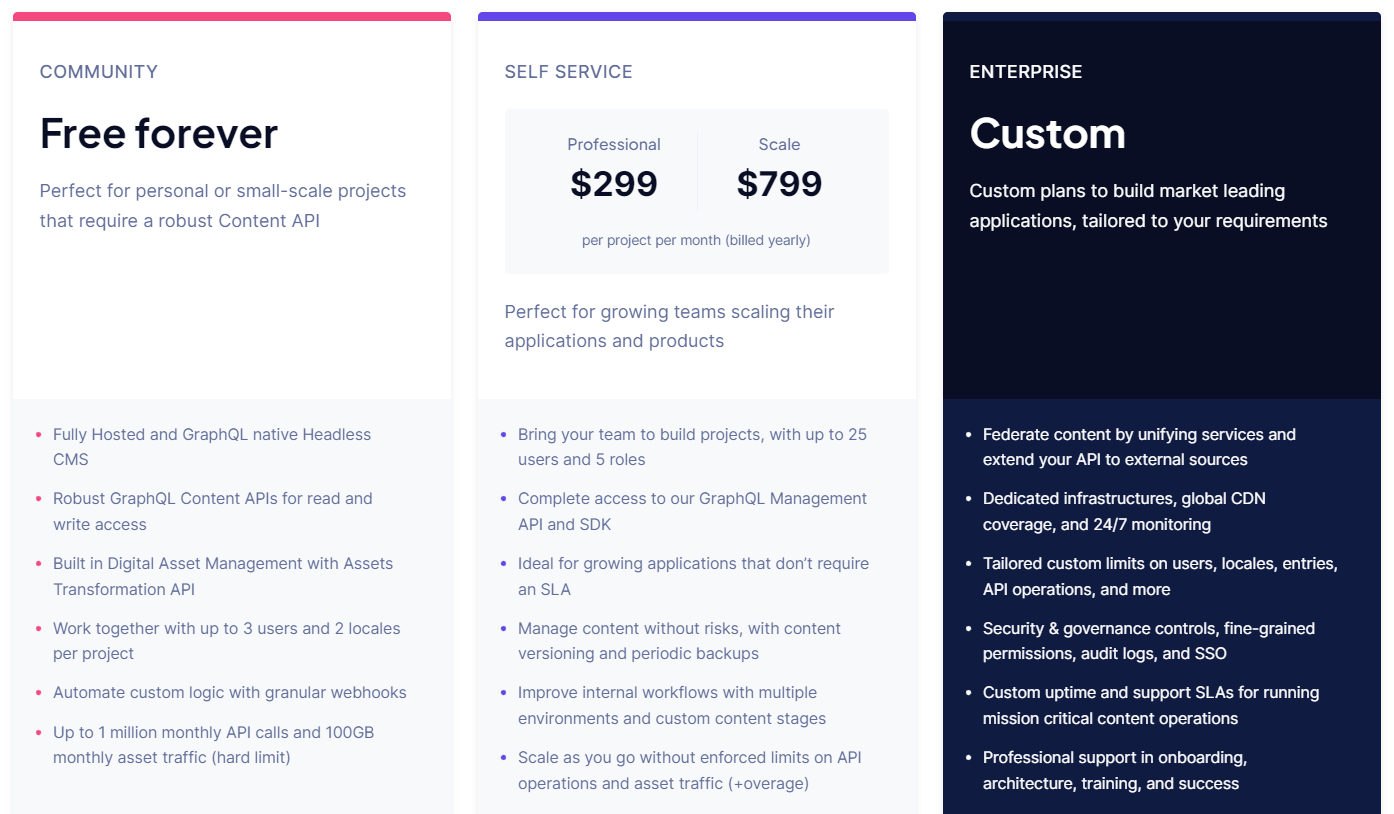Hygraph
The Jamstack world is constantly moving forward, and this statement is also true for CMSs. Hygraph (formerly known as GraphCMS), apart from updating it's name, changed quite a bit in recent years.
Daniel Woloszyn
- CMS type: API
- Website: hygraph.com
- Founded: 2017
- Total raised: $13.7M
- Company size: 11-50 people
Last update: October 6, 2022
What is Hygraph?
Another content management system with GraphQL API? How many there are? (At least 22, depending on how you count). Well, there’s a reason why this query language is so widely used, and Hygraph knows that (it is in their name!). It offers many benefits: predictability, flexibility, performance, development speed, stability.
Hygraph recently changed its name (before, you may know it as GraphCMS). But it is not only about the name change. Hygraph is not a simple Headless CMS anymore, but a Federated Content Platform. What does it mean?
Federated Content Platform
Is FCP just another three-letter abbreviation that you need to learn, cause it will appear everywhere while reading anything Jamstack-related? Well, maybe (probably not, cause FCP is already taken by First Contentful Paint 😅). Hygraph aspires to be a bit more than "just" a CMS. This so-called Content Federation allows users to connect with any web service or API, and pull data from many sources. In simple words - Hygraph can become your "dashboard", where you unify all your different services and data sources into a single API. If done correctly, it may let you to "remove custom middleware code that glues your services together" and make your whole system less complex.

User interface
The interface is definitely a strong suit of Hygraph. It’s quick, responsive, and most importantly - intuitive. Well-thought-out “backend” is important in terms of the way your site works (and the mental health of your developers), but the “frontend” (user interface, functionality, interactions) may be as meaningful. Strong systems not only speed up the development and editorial processes but also make them enjoyable.
I may be biased towards pretty UIs, but I found Hygraph particularly pleasant to use. It allows you to quickly navigate through content, and customize your view. Generally, Hygraph smooths out the experience and makes using complex functionalities easy.

What I found especially useful (from a developer’s perspective) is auto-generating GraphQL queries based on your content. Instant preview in Hygraph Playground closes the gap between content and code.

Support
Hygraph makes project setup as simple as possible by offering a few starters for popular types of sites. You can check out how, for example, an e-commerce site is structured or refer to the documentation. Alternatively, there is the Hygraph Academy with step-by-step video tutorials, code examples, sample projects, and even posts with explanations of the most basic concepts.
If that wasn’t enough, there’s a Slack channel, where you can engage with the community, provide feedback and look for help.
Hygraph Pricing
It’s neat when a service isn’t hiding its features behind a paywall. That way you can check out the functionalities and decide if it is a good fit for your project. More often than not, a free plan covers only the most basic functions, and you are under a time crunch to test out everything you need before your trial expires (dramatic over-exaggeration).
Hygraph’s pricing is generous and smart. In the free plan, you have access to all the basic functions (under some limits): 3 project users, localization, content stages, and so on.

Hygraph Pros and Cons
- API Playground and GraphQL Explorer
- Automatically generated GraphQL queries from content
- Intuitive and polished UI
- Built-in localization, locale-based publishing
- Generous free plan
- Granular webhooks
- APIs for programmatic content management (GraphQL Mutations API, GraphCMS Management SDK)
- Assets API with on-the-fly transformations
- Integration with Netlify, Vercel, Gatsby Cloud for a quick preview
- Remote fields, which allow you to pull multiple sources of information into a single API
- Lack of REST API may be a disadvantage, especially for those who come from non-GraphQL environments














